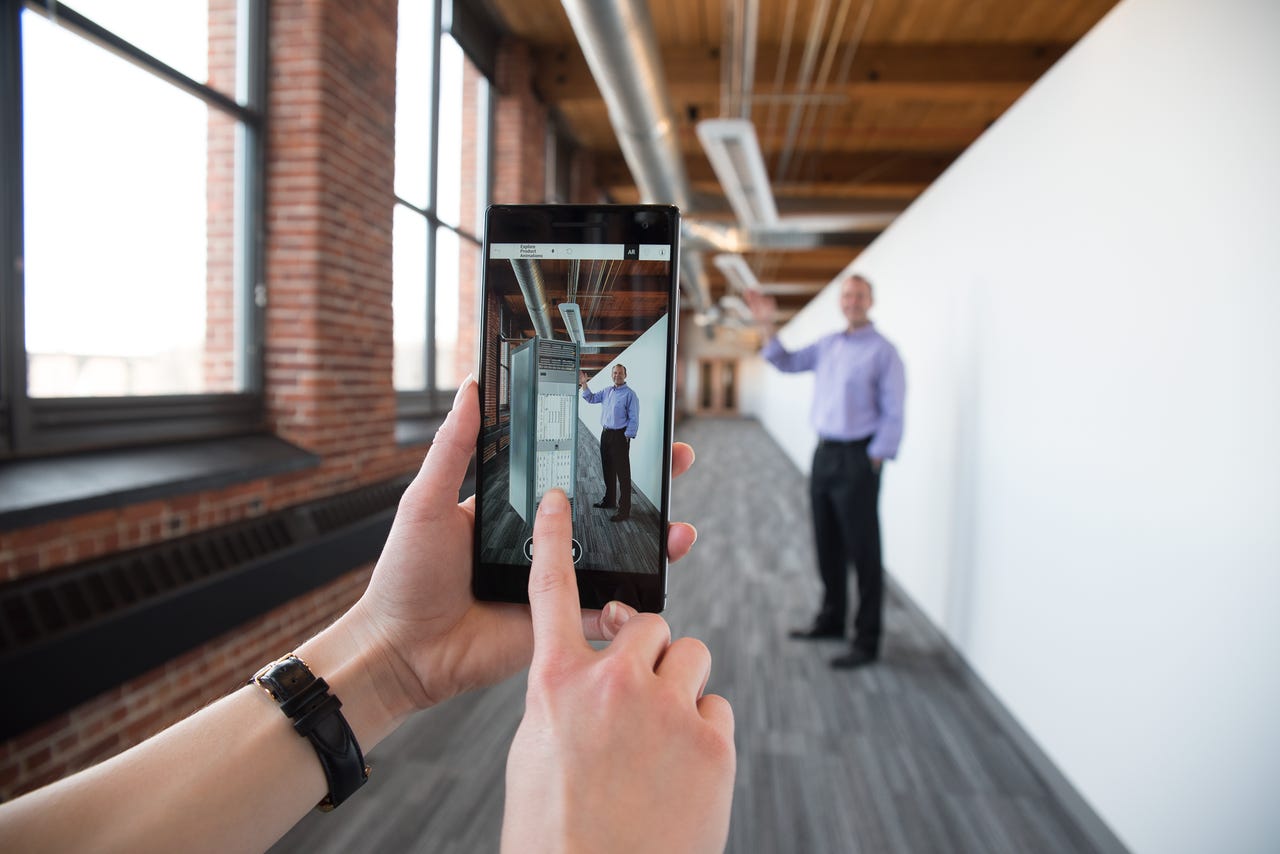B2B firms now embracing AR/VR as powerful sales tools


Featured
There's an emerging use case for AR/VR in B2B sales.
The problems the technologies are helping solve are old ones: How do you sell a physical or software product that's so complex customers may not fully understand its usefulness?
Read also: Augmented and virtual reality mean business: Everything you need to know
Further, how can B2B sales teams ensure decision-makers get all the necessary information during a long and complex sales cycle, one that often involves dozens of meetings where valuable product information can get lost?
AR/VR demonstrations, in which customers can access a virtual walk through of a product, are a surprisingly robust solution, and they're now becoming an important tool in the B2B sales kit.
"Imagine a situation where you can use a spectrum of AR/VR technology to help bring not just the product alive but bring the product experience alive for multiple users and stakeholders in the prospect company," writes Paroma Sen in MarTech, a technology resource for marketers. "This not only has the potential to knock days or weeks off the sales cycle, but also to really let the potential user feel what it might be like to use your product versus any other, short of physically installing it in their premises."
Kaon Interactive is one of the firms providing 3D marketing and sales applications for global B2B brands. With roots in online interactive gaming, Kaon made the shift to building AR/VR experiences for companies like Lenovo, Siemens, and Ricoh.
"Instead of shipping an enormous MRI machine to trade shows and sales meetings," a Kaon spokesperson told me via email, "a GE Healthcare or BioRad sales manager simply has to show the product (in exact detail) on his/her smartphone."
Kaon recently added 11 major accounts to its enterprise client roster, highlighting the growth of the sector.
In another use case, food processing company VERYX created a VR view of one of its food sorting machines. Potential customers can take a self-guided virtual tour without having to visit an installation saving time and lowering barriers to sales.
"Communicating a business outcome for complex products and solutions is extremely difficult to demonstrate "live" in the real-world with physical products or less tangible solutions (such as cloud computing, software data flows, electric grid re-routing, or molecular reactions)," writes Kaon CEO Gavin Finn. "Demonstrating these complex solutions within a "virtual" immersive environment - such as a hospital, laboratory, data center, manufacturing plant, or oil refinery - that is contextually relevant to the user can be a highly effective way to help customers relate to what the product or solution is, how it works and why it will benefit them."
Read also: Samsung, like Apple, reportedly has a wireless AR/VR headset - CNET
With AR/VR still struggling through the novelty phase, marketers and sales teams are driving novel applications and helping set a course toward market usefulness for a technology market that could be worth $108 billion in just a few years.